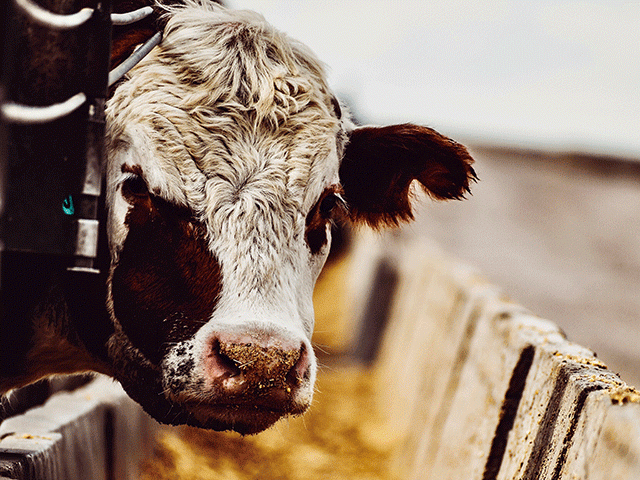Sort and Cull
What Does Friday's Bullish Cattle on Feed Report Mean for the Cattle Market?
What a lovely change it was to finally see a bullish Cattle on Feed report. For close to a year, we've known that the U.S. cowherd has been being culled because of either drought limitations or lack of profit in the current market; however, up until now, the Cattle on Feed reports seemed unrealistic as more heifer calves were being placed than before and feeder calves were being placed earlier than normal.
However, on Nov. 18, the tide finally turned: The total on-feed numbers were lighter than a year ago, and during the year's biggest placement month there were 6% fewer feeders placed in October 2022 than a year ago, which is consequently also the smallest number placed during the month of October in the last 26 years.
P[L1] D[0x0] M[300x250] OOP[F] ADUNIT[] T[]
At Monday's start, both the live cattle and feeder cattle contracts gapped higher at the market's opening bell as traders finally had the chance to react and trade last Friday's news. It's tough to say what will become of the market this week, given that it's a shortened holiday week for Thanksgiving, but positive undertones illuminate the market as both the market's fundamentals and technicals are strong. It was interesting to see that last week's negotiated cash cattle trade totaled 90,590 head. Of that, 75,229 head (83%) were committed to the nearby delivery, while the remaining 15,361 head (17%) were committed to the deferred delivery. Seeing the vast majority of last week's purchase being committed for the nearby delivery likely means that packers are short bought and are going to need to support this week's cash market. The bigger question is when will throughput be scaled back?
Packers are going to be pressed to walk a tight rope in the weeks and months ahead as they balance higher cash prices against current boxed beef prices and desire to keep a positive margin, which will likely be controlled through processing speeds. At this point, production is still running incredibly strong, but we know that in the near future this could change. It's also worth noting that last week's cash market scored another new marketing high for the year, the highest since 2015, with the nation's weighted average printing at $153.04.
Both the live cattle and feeder cattle contracts are excited to trade stronger as the market is fully supporting its higher quest. With showlists lighter throughout most of the feeding region, it's anticipated that this week's cash cattle market will trade higher again -- by how much remains the unknown piece of the puzzle at this point.
ShayLe Stewart can be reached at shayle.stewart@dtn.com
(c) Copyright 2022 DTN, LLC. All rights reserved.



